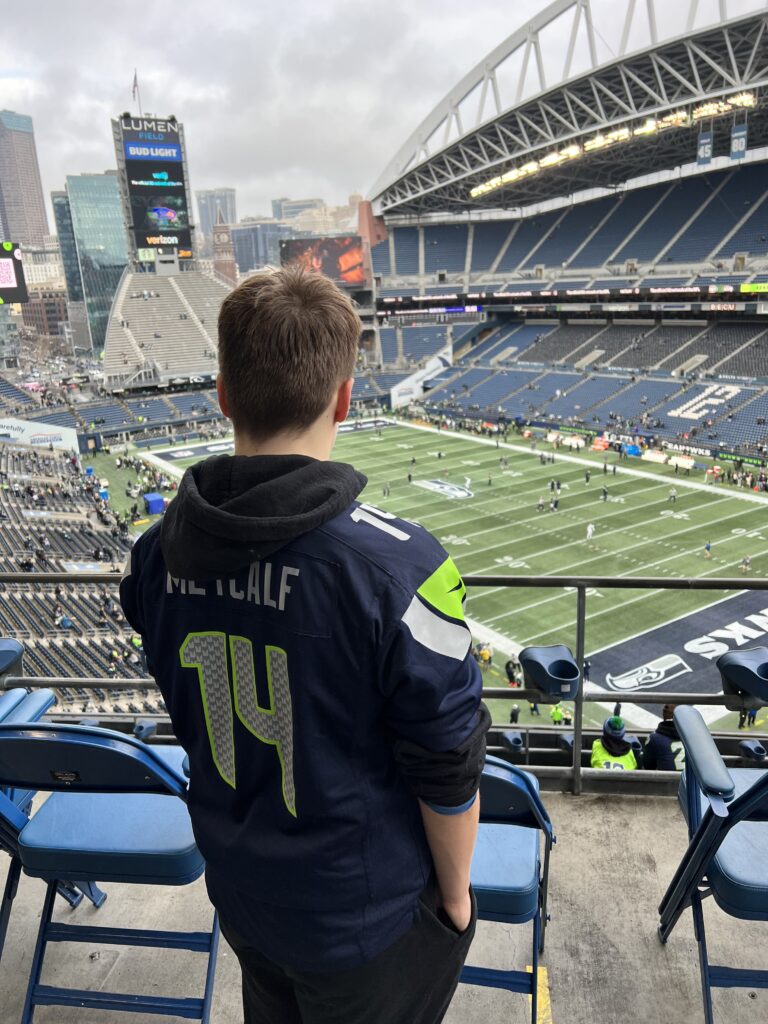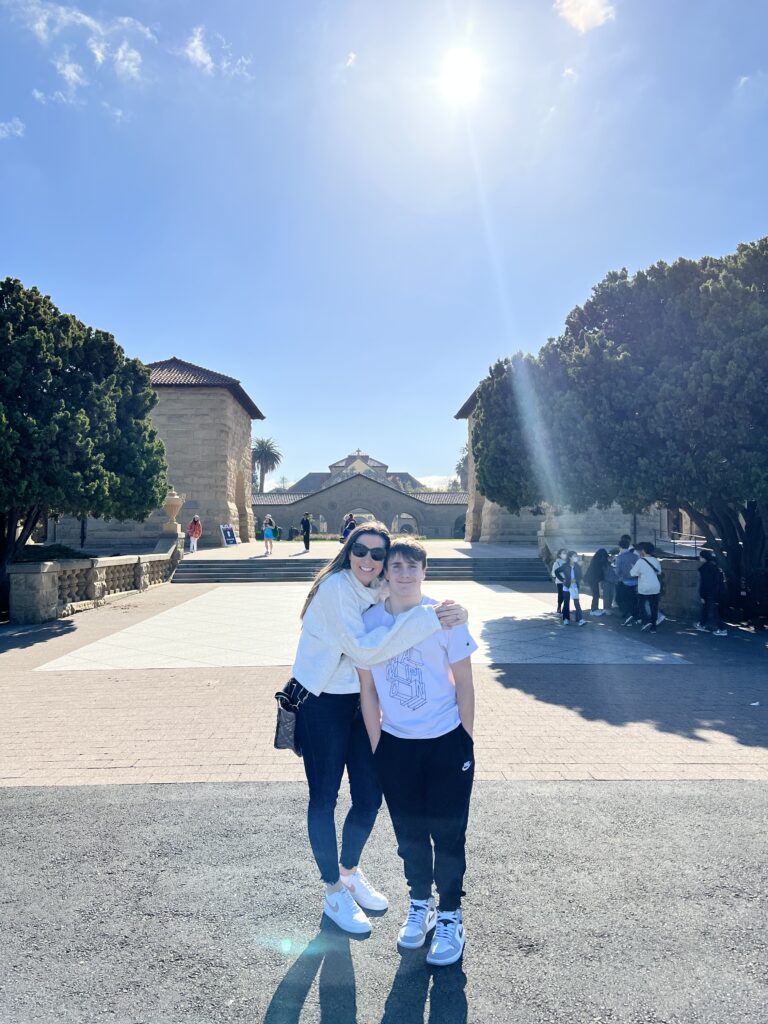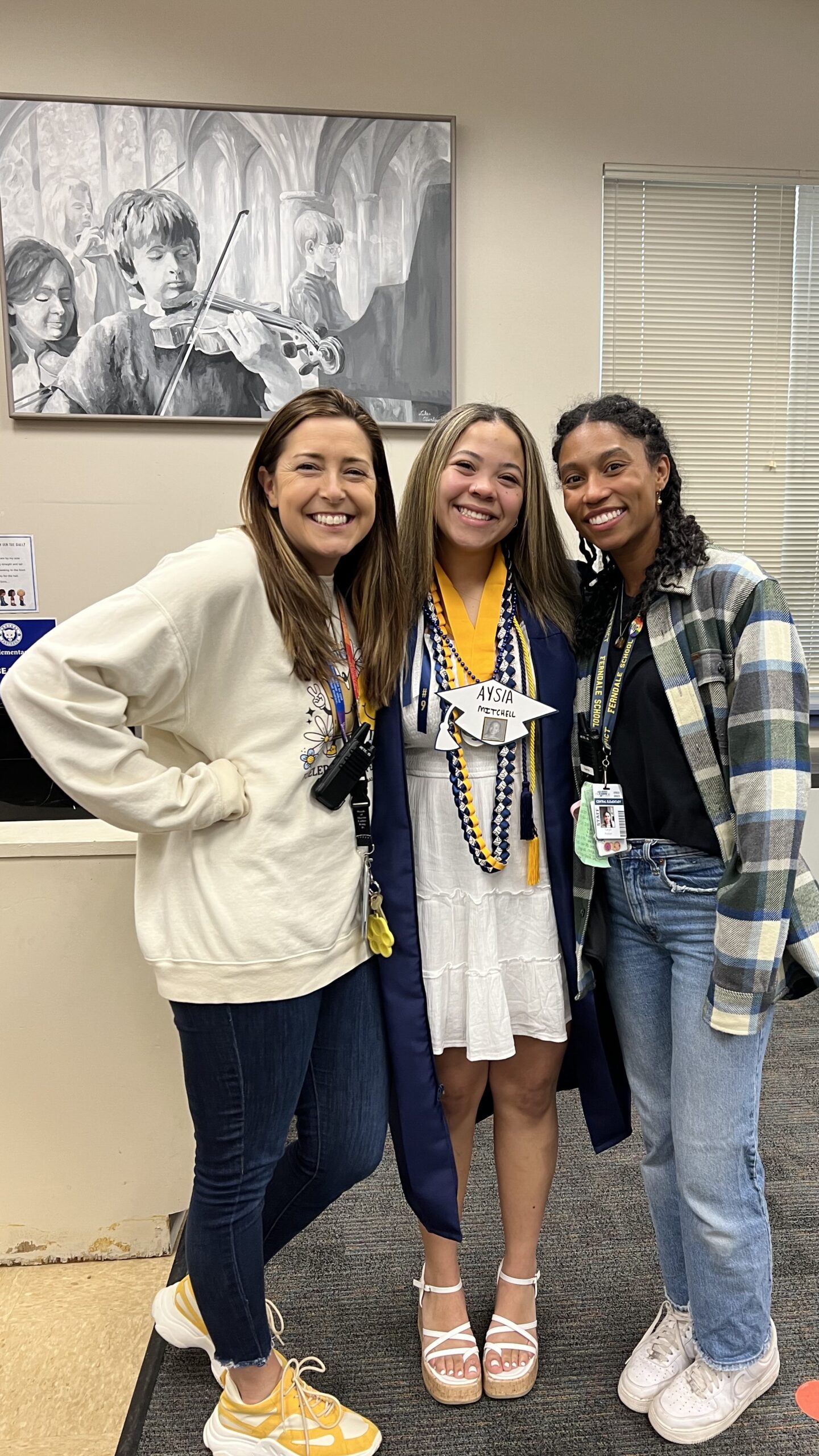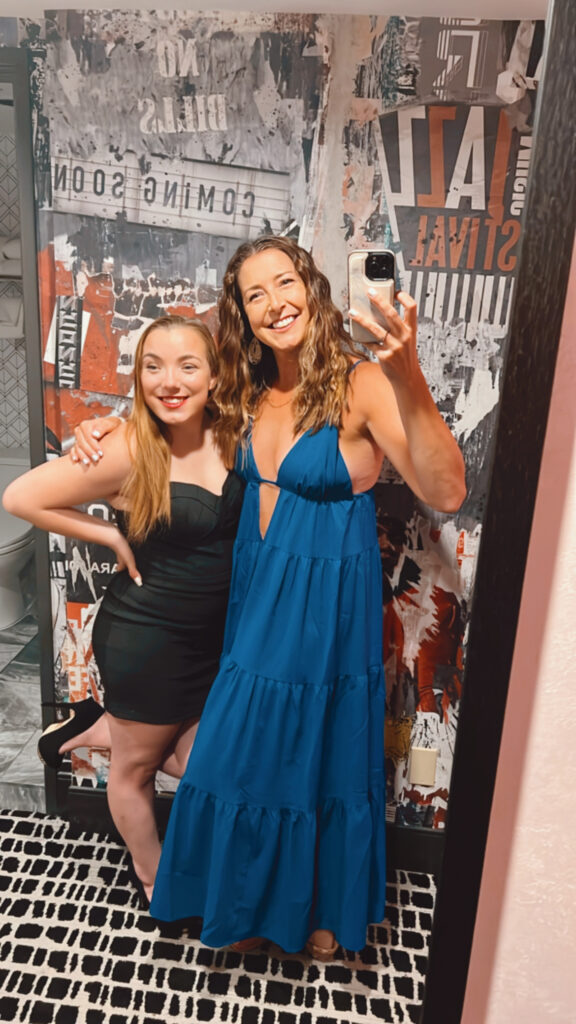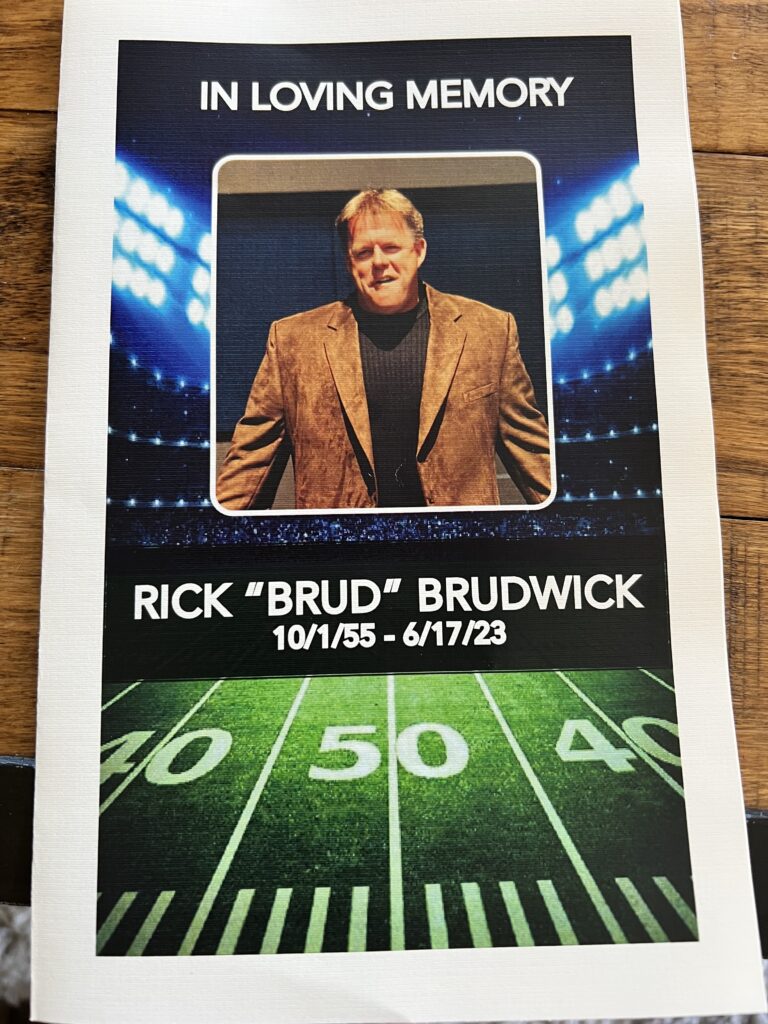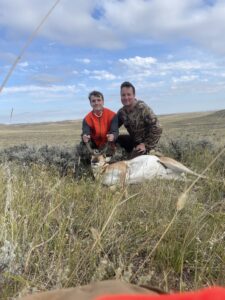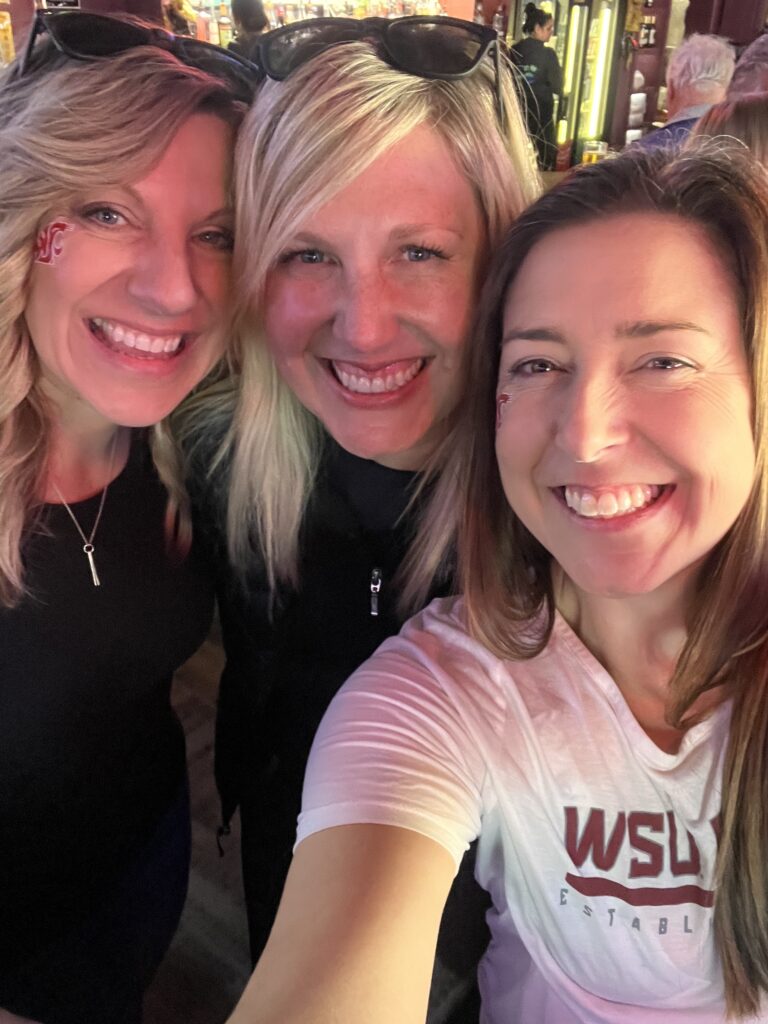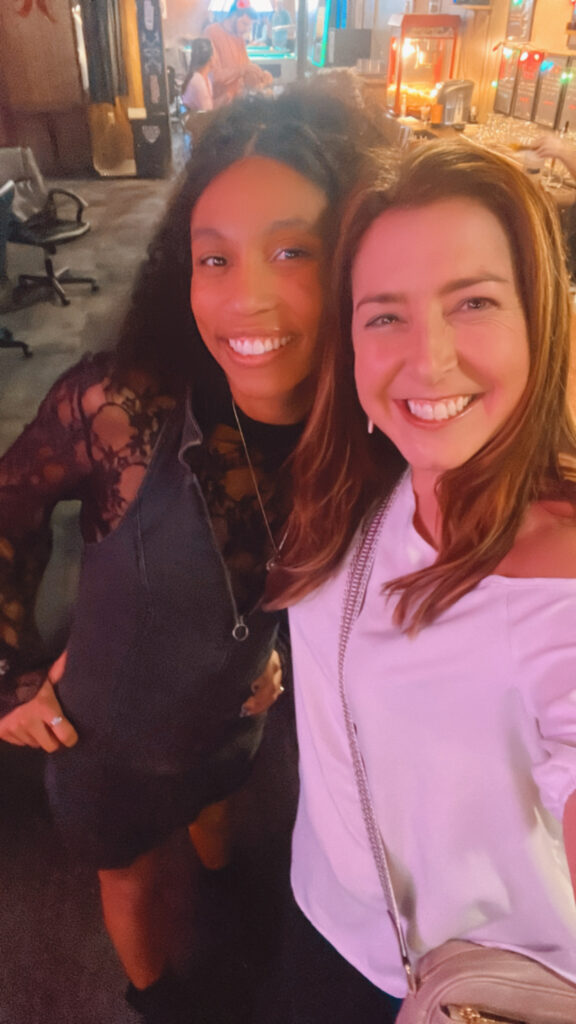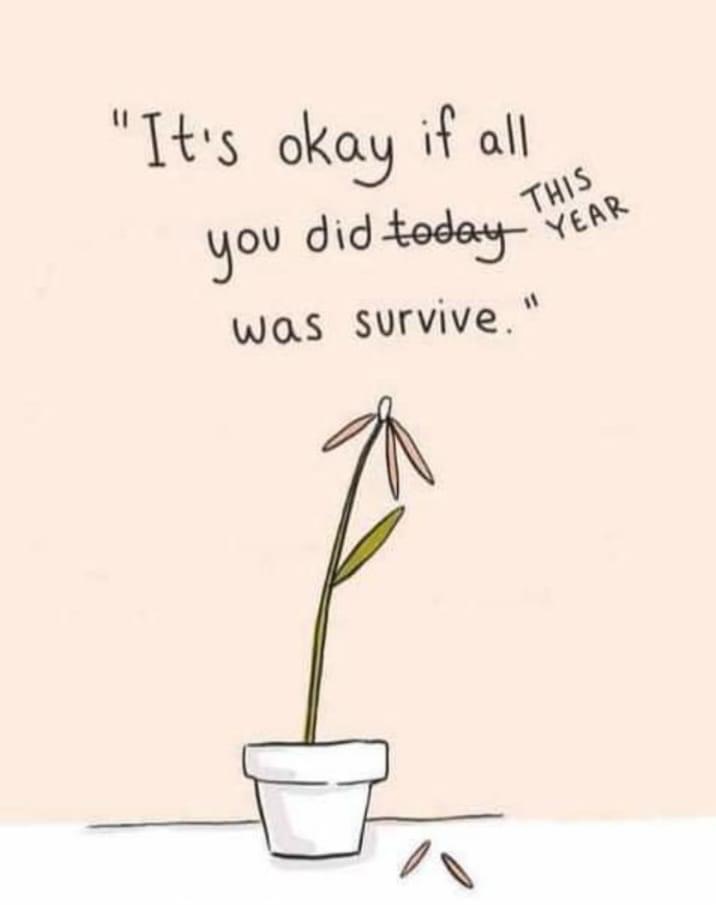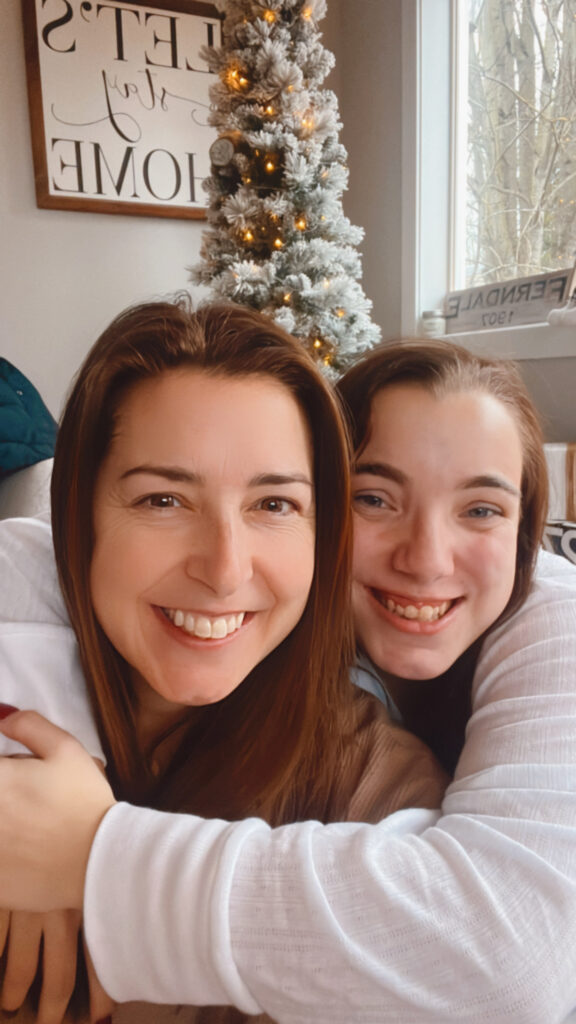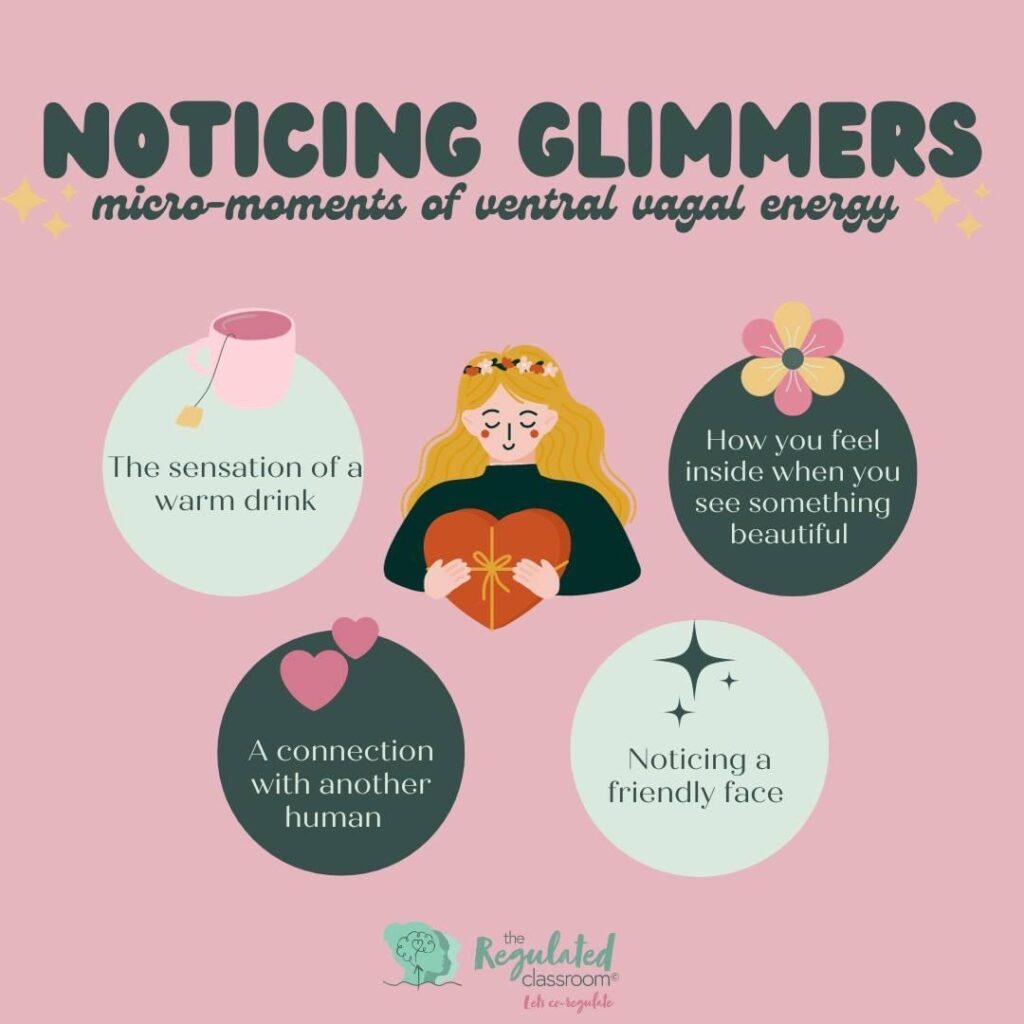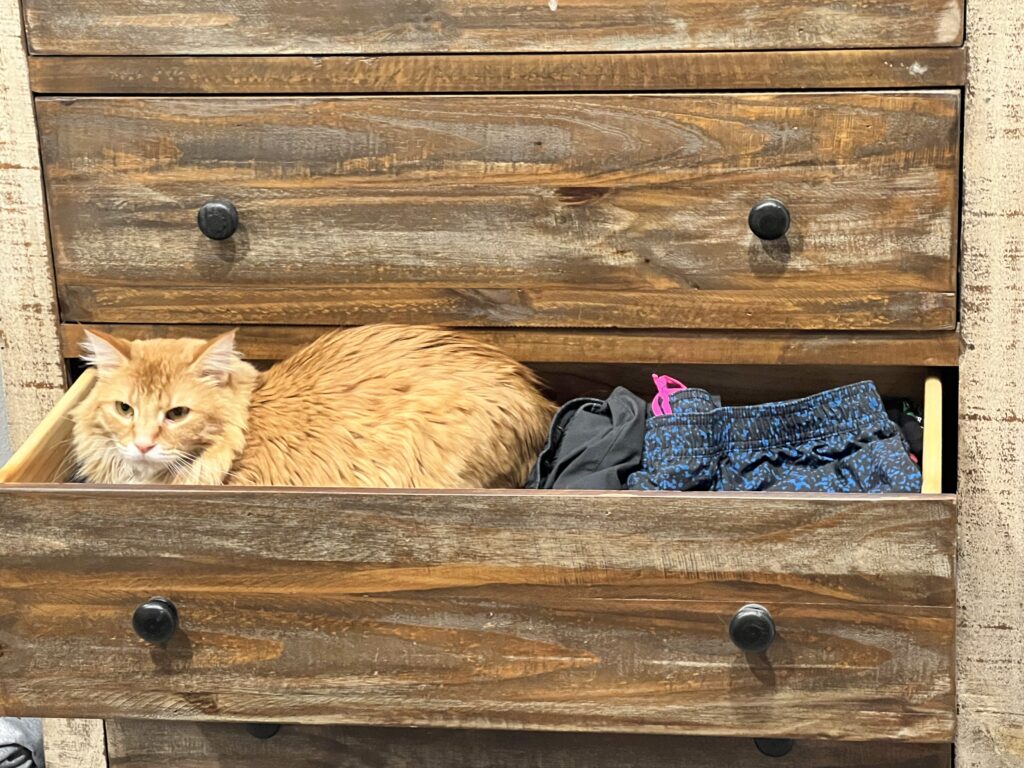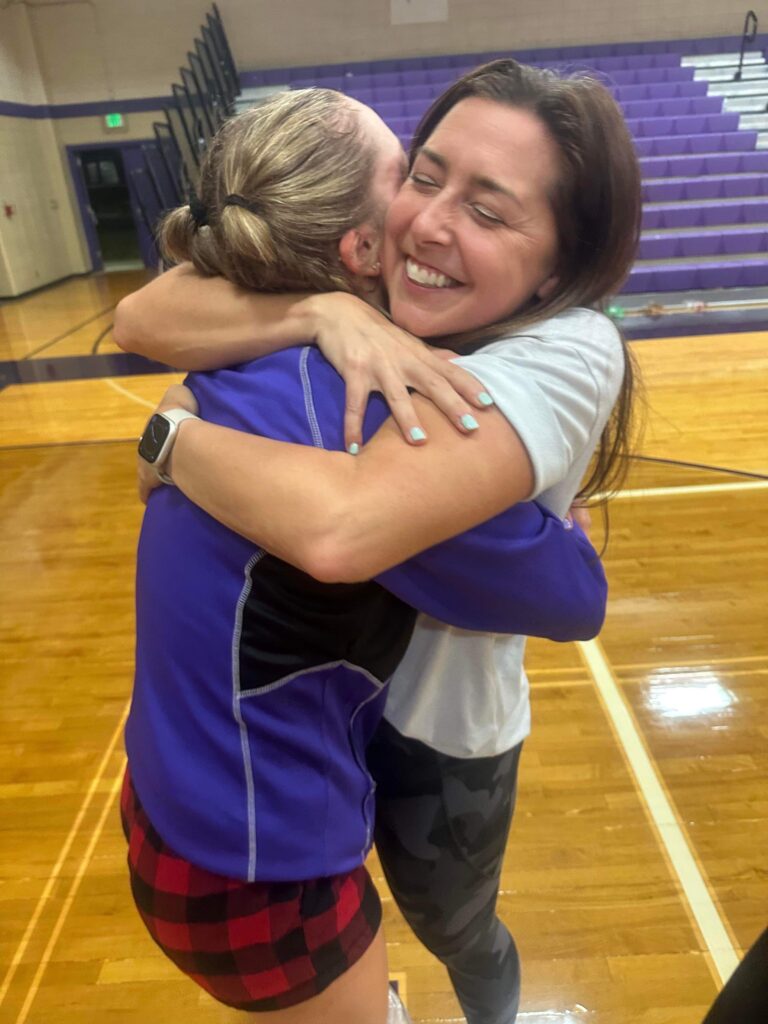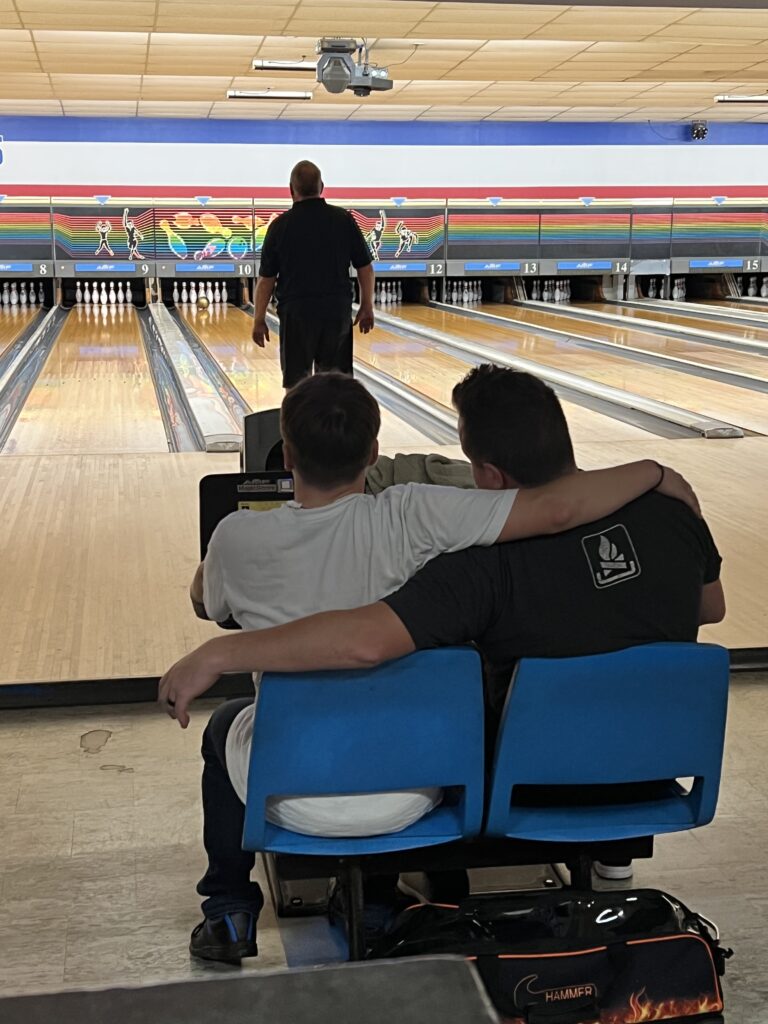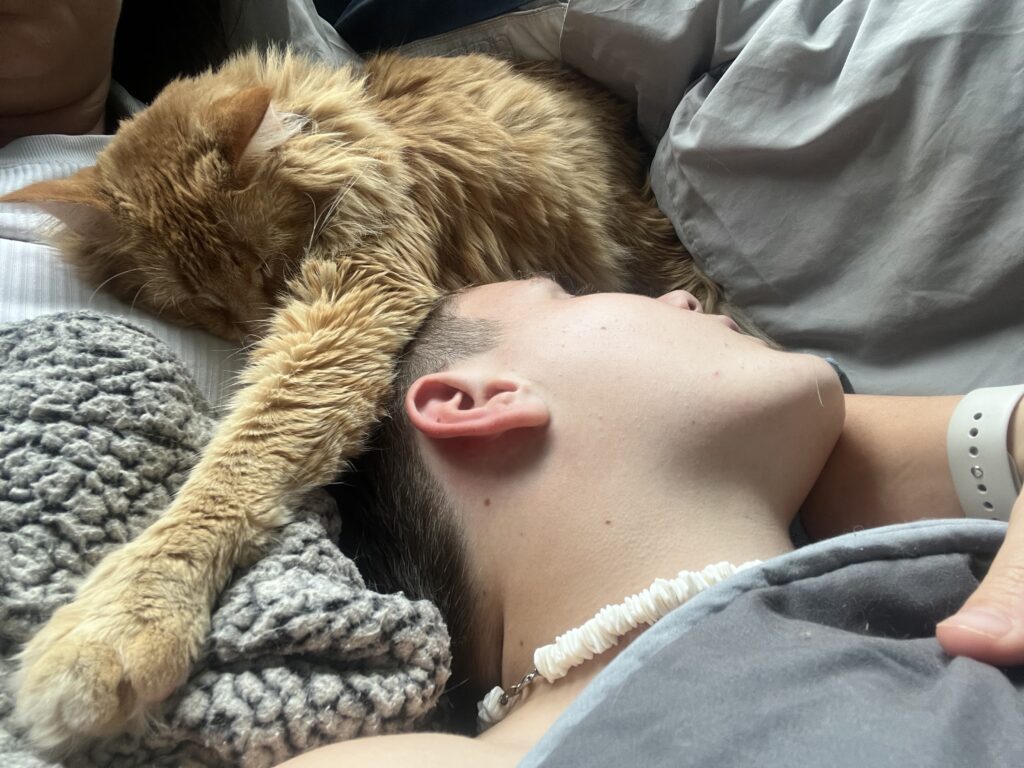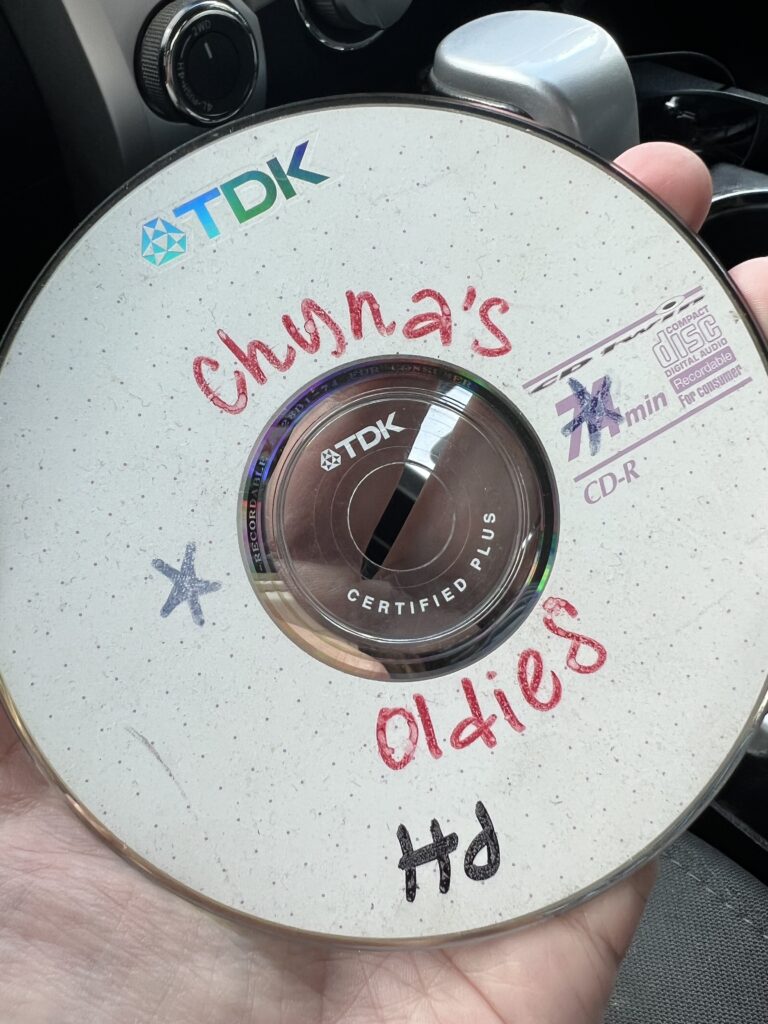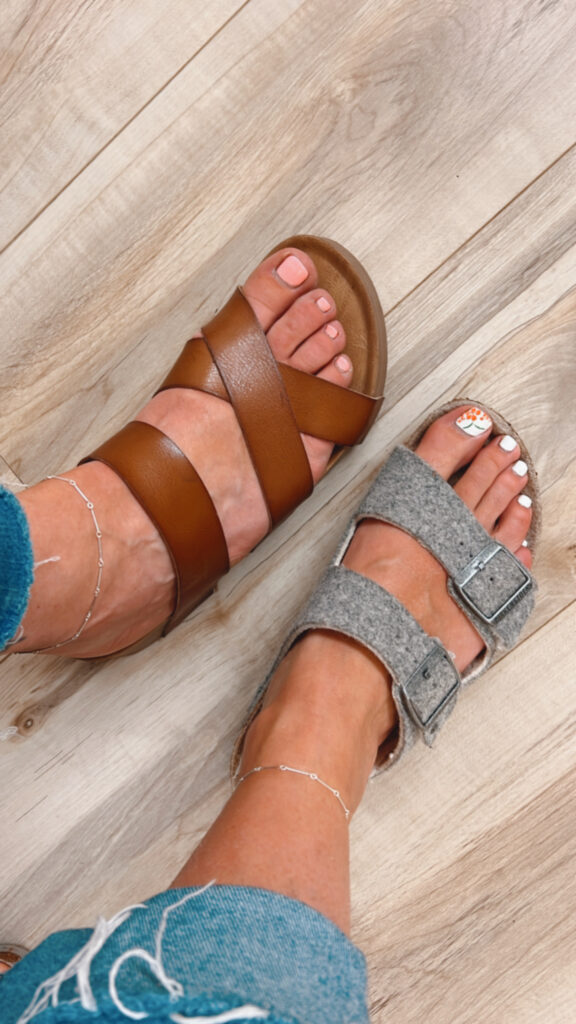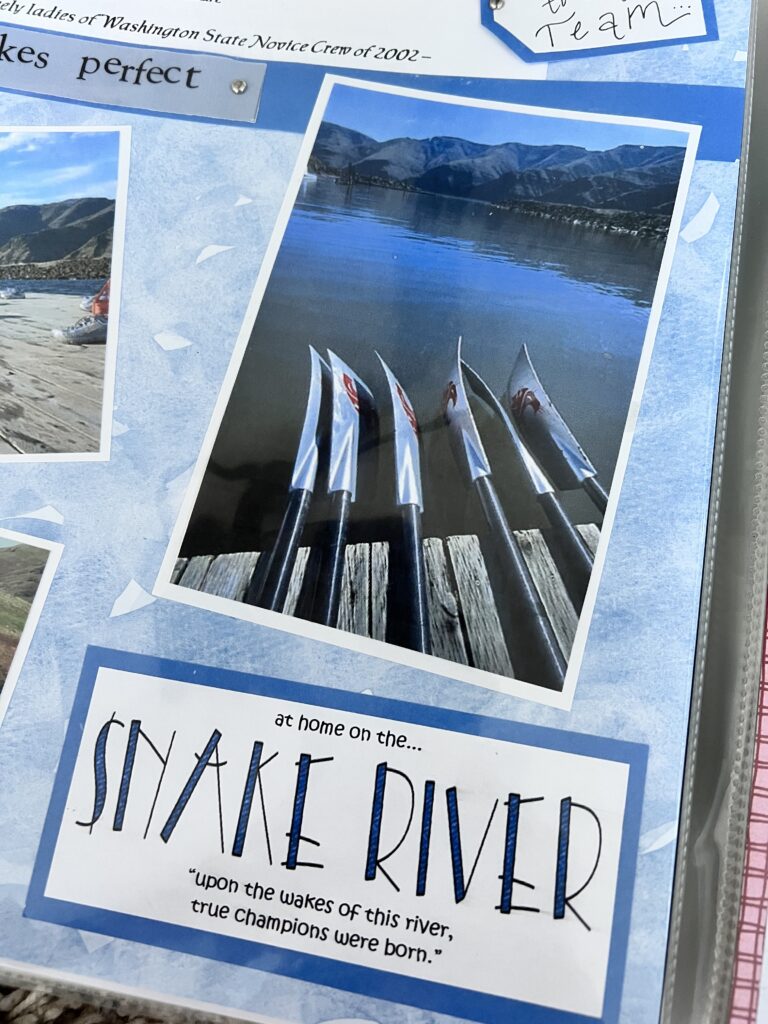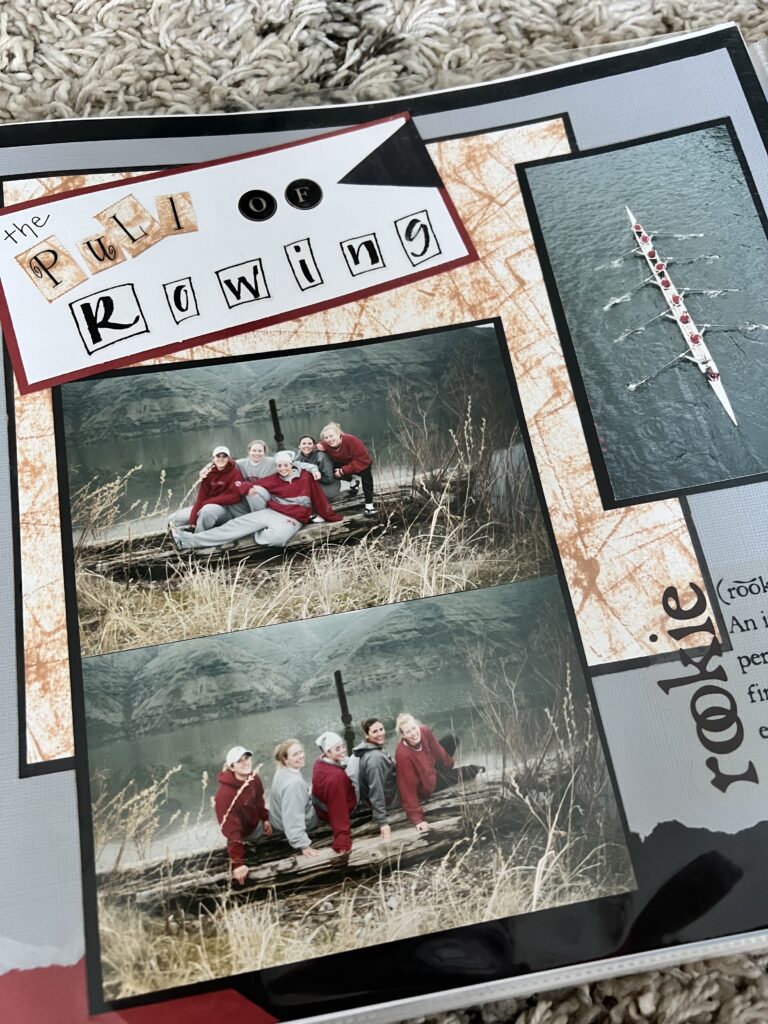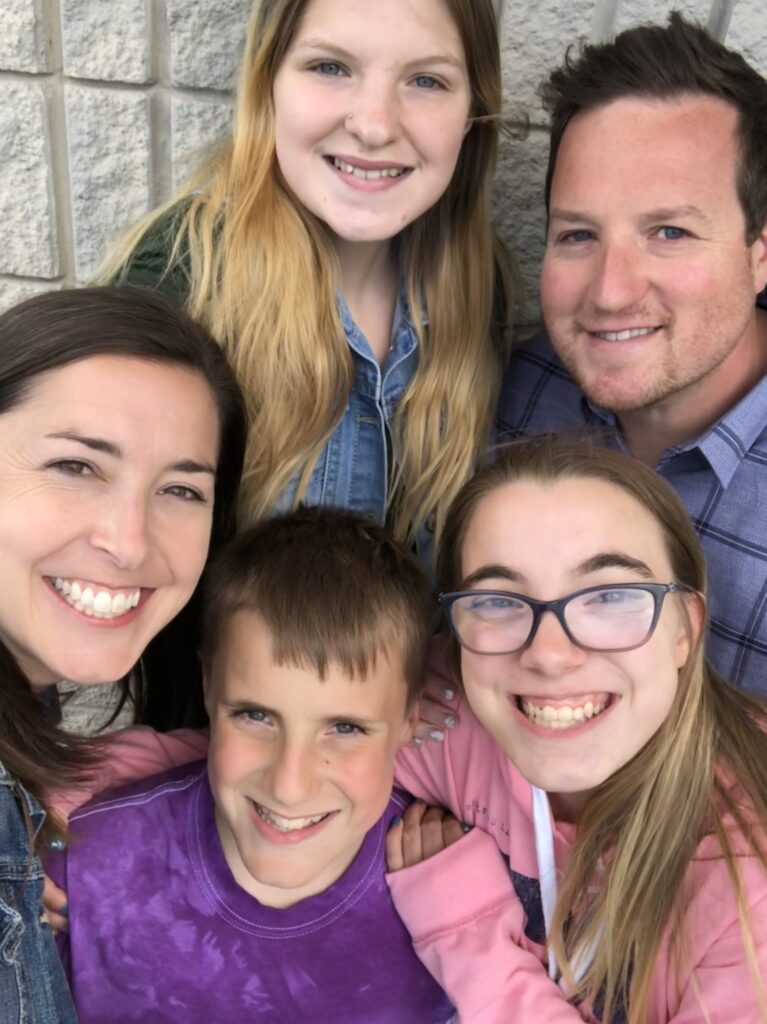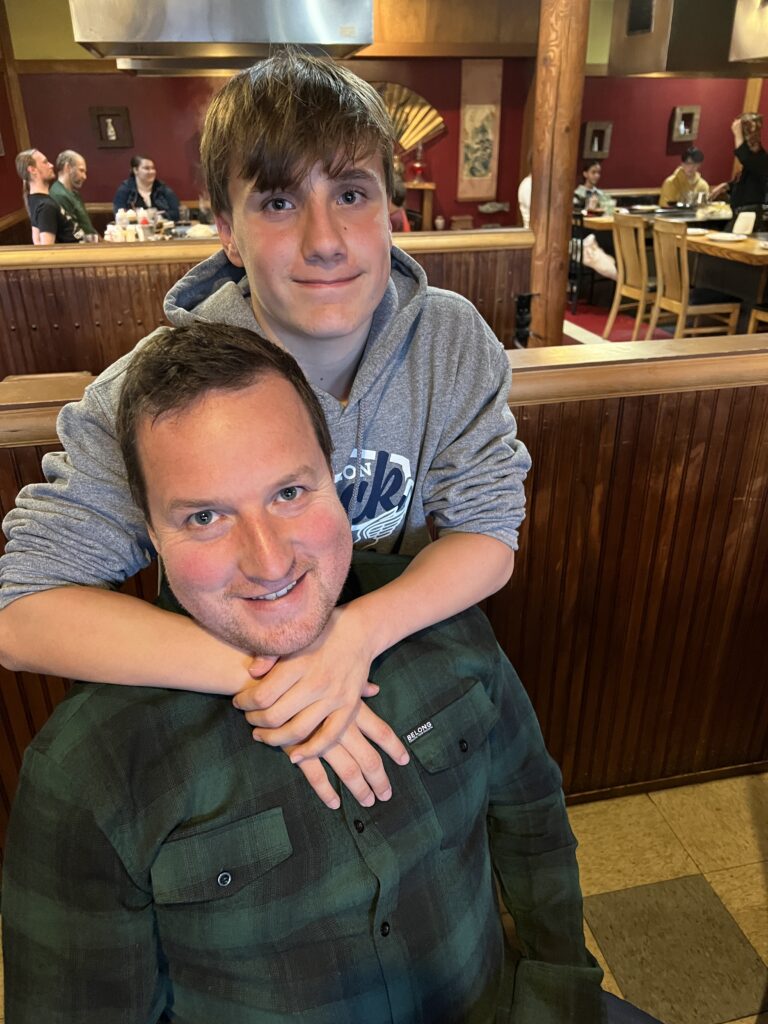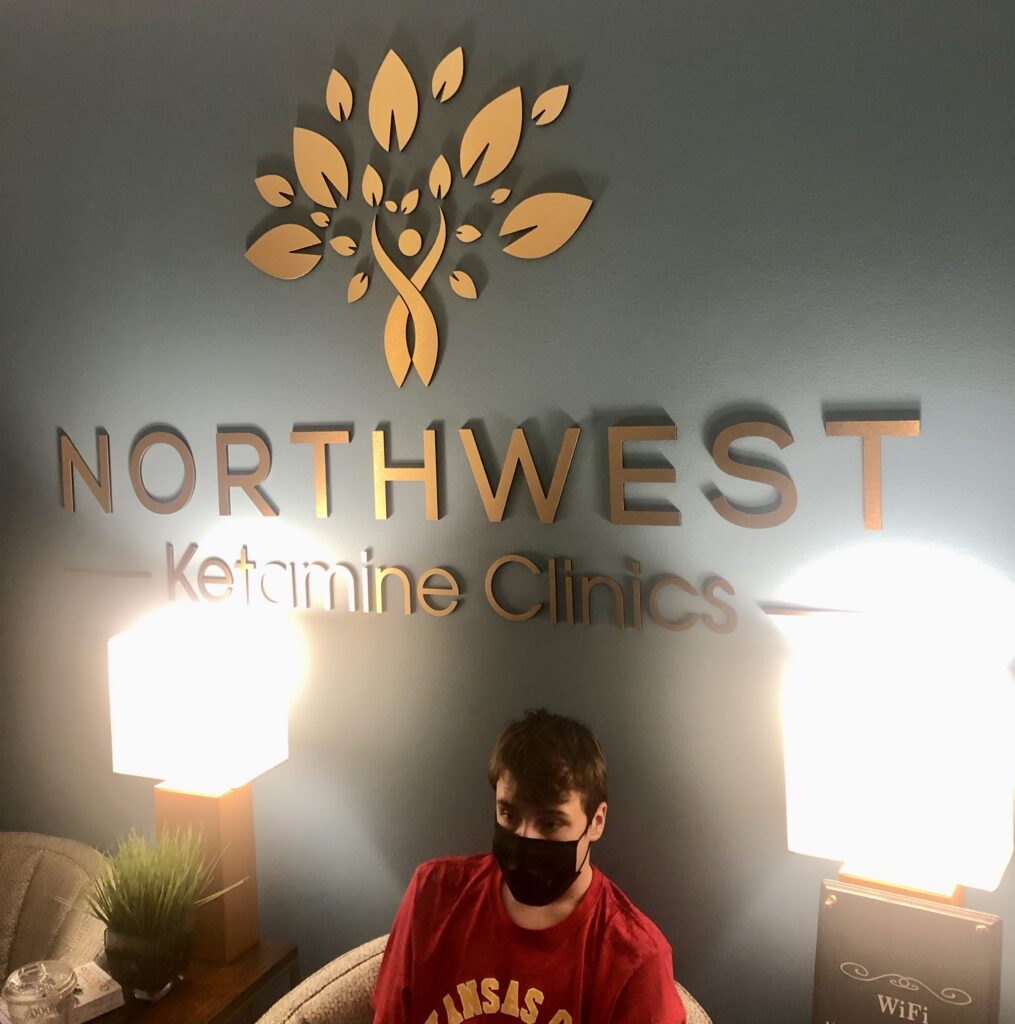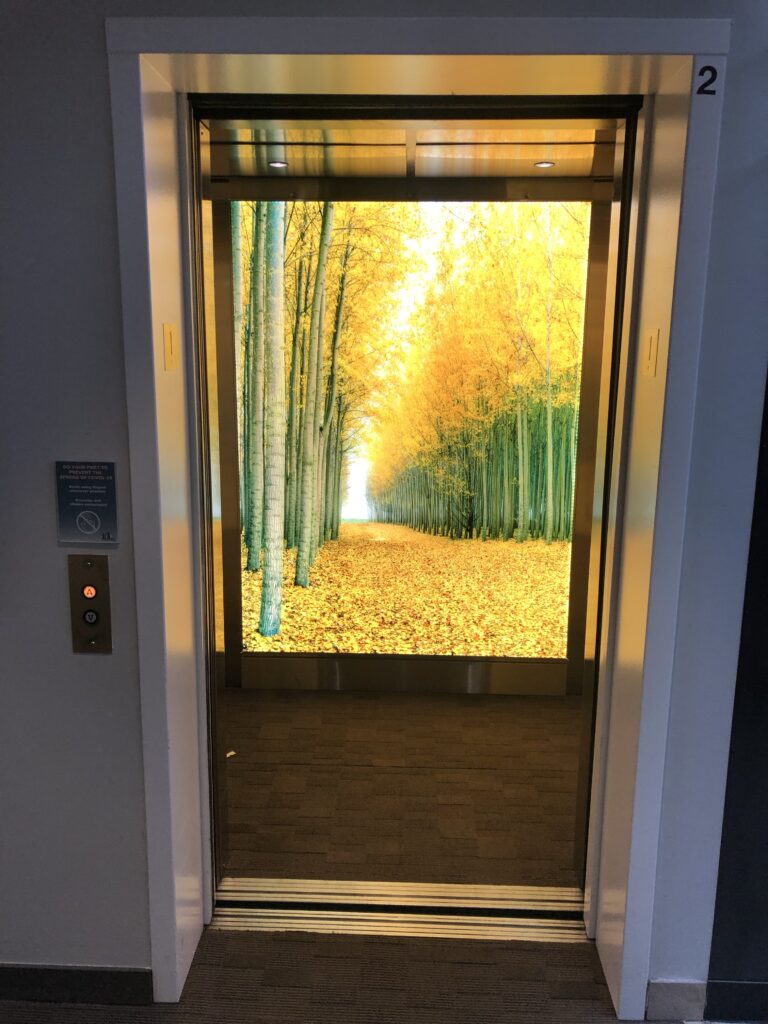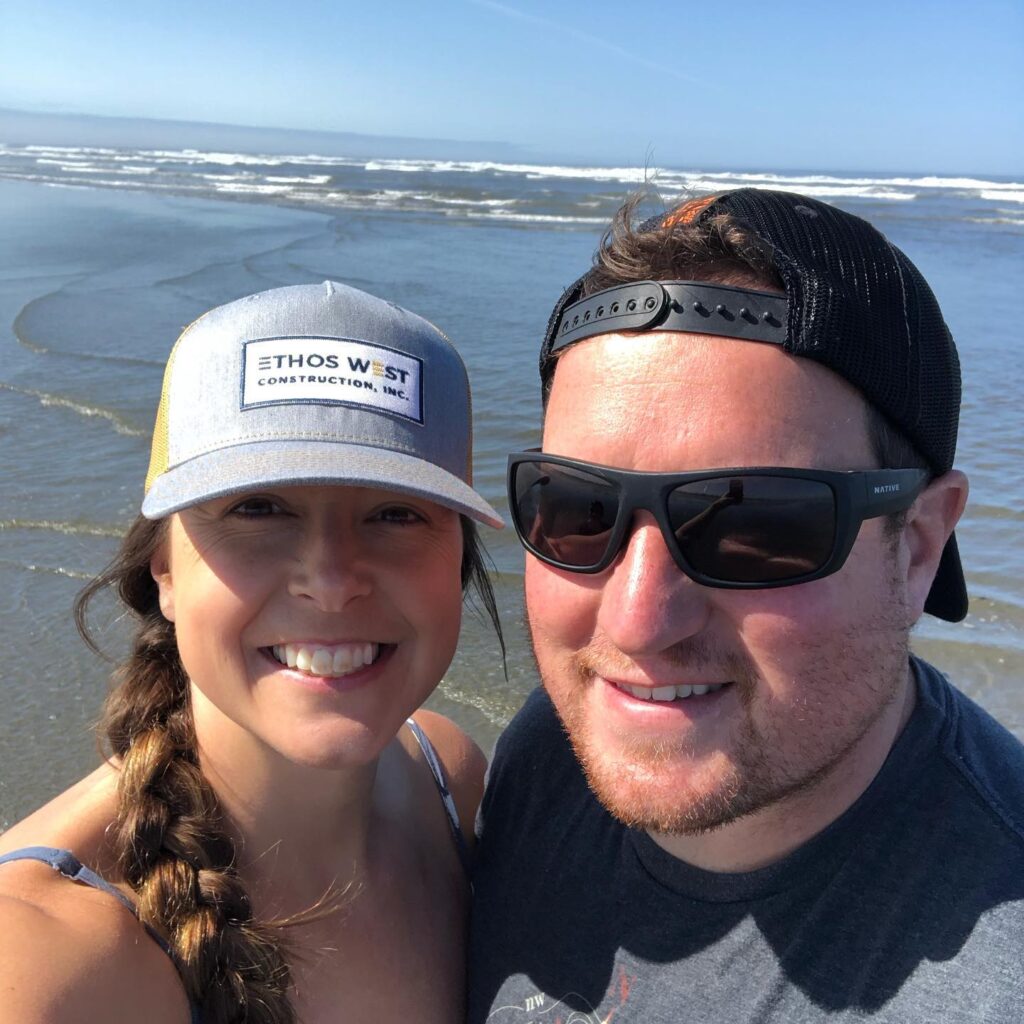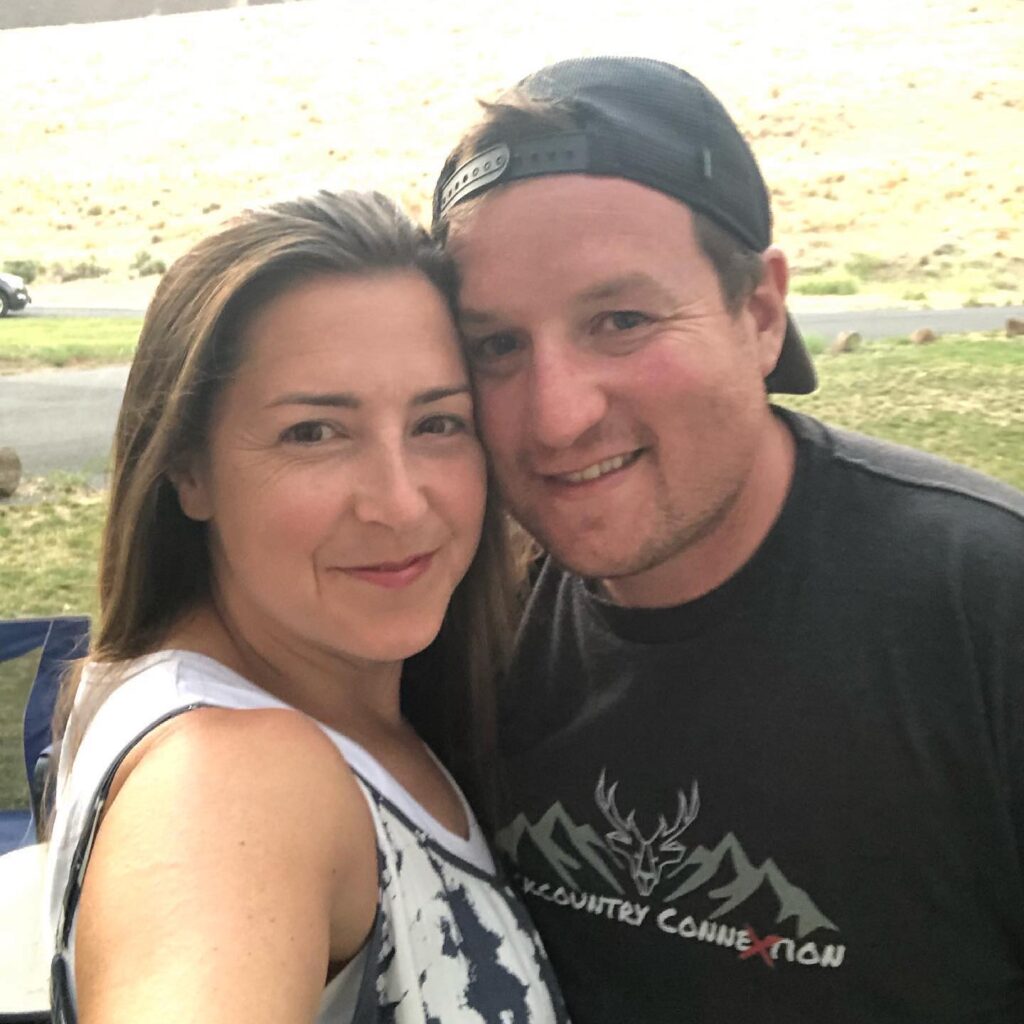I just recently listened to this podcast episode (highly recommend), highlighting sister Amanda’s experience with stepping into others’ times of needs and how it has shifted her perspective on asking for help. This naturally had me reflecting on my own recent time of need and how difficult it’s been for me to ask for help, but that when I have, the depth and widening of my support system has become crystal clear and has gotten me through multiple dark days.
The three amazing ladies in this episode remark on the act of HELPING and how sacred it feels to be asked to help. I can reflect on those times in my life that I have been asked to step into others’ time of crisis or need as truly some of the most impactful moments I have been a part of. These times include me walking alongside a player of mine with cancer treatments and into her passing, my work with our county mobile response team helping navigate crisis after crisis in our schools and a handful of other personal cases that are not mine to share publicly here. This also lead to me reflecting on how when I don’t ask for help, I am actually denying others’ the chance to feel this impact and value in my life in a similar fashion.

And because I have just walked a year long process of navigating depression and a number of ambiguous losses (“a person’s profound sense of loss and sadness that is not associated with a death of a loved one”), here are some ideas on what could/do help me so that you can encourage yourself to step into that gap for others. We all know that when when we tell someone else, “please let me know what I can do to help”, this RARELY leads to concrete answers (my own self included here) but in hindsight, I happen to have a number of concrete answers so better late than never right?
Offers of LOVE (aka “help”) to someone going through a private or ambiguous loss:
– clean their house (hiring someone or coming to do it yourself)
– meal offerings (if you’re in my circle, family style Woodstock salad from Guud bowls please and thank you)
– invites so that I have items on my calendar to look forward to and reminders that I am not alone
– walks to get them outside and moving (with no expectation that they have to shower or look presentable), bonus points for night walks in the dark so no one can see the crying
– massages or self care (even though this is obvious, I am starting to see the impact of how incredible this experience has been in DISCONNECTING my mind from my body and these kinds of self-care experiences help to soothe that very thing and bring them back together)
– texts or phone calls (even when there is no response): No, it will not make them feel worse. Yes, they definitely read each and every one
– recommendations of impactful books if they are a reader/researcher (bonus points to just send it to their house without asking)
– asking specific questions about counseling and medication support (someone remembering that I have counseling on a certain day and reaching out on that day has been so special and meaningful)
– without permission, making plans to come over and spend time with them (again, with no expectation that they have to shower or look presentable)
And to my circle, thank you for doing these things so I have a list to even put out in the world in the first place. Thank you for stepping into my darkness and being the light. I hope to offer it back to you as we adventure along this painful adulting journey side by side, year after year.
P.S. A few books to consider if you find yourself or another in need of some reading, acceptance, exploration into the journey of healing:

